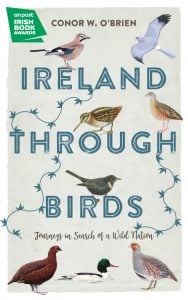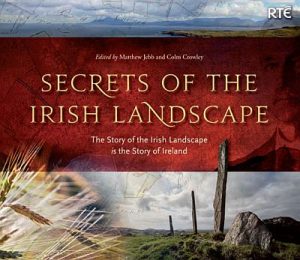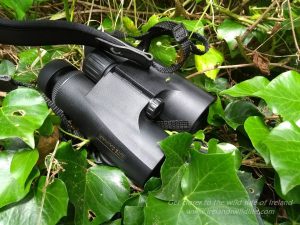 Plants are the cornerstone of our biodiversity — the foundation on which all of our wildlife depends.
Plants are the cornerstone of our biodiversity — the foundation on which all of our wildlife depends.
They form the vital link between the sun’s energy and almost all life on earth. Yet so often we don’t give them the attention they deserve. Birds, mammals and our larger, more dynamic invertebrates tend to hog the wildlife limelight, while the plants on which they all depend languish in the shadows.
But plants are no wildlife wall-flowers (if you’ll pardon the pun). Plants are dynamic, complex organisms that merit just as much attention as the rest of our wildlife. Take a look at any roadside verge, woodland ride, open meadow, even your garden lawn during spring and summer and you’ll often fins a scene replete with an astonishing diversity of wildflowers. From the not-so-humble dandelion to the exquisite bee orchid and myriad other species in between — Ireland is home to some truly awe inspiring wild flowers.
Getting to know Ireland’s wildflowers
One of the biggest challenges facing any budding naturalist with an interest in wildflowers is trying to identify the new species you encounter on practically a daily basis — at least at the start. That challenge just got an awful lot easier with the publication of a new book by The Collin’s Press. “The Wildflowers of Ireland: A Field Guide” by Zoë Devlin. Zoe is the author of the outstanding “The Wildflowers of Ireland: A Personal Record” which we reviewed some time back. It’s a delightful reference book, but is a huge tome that’s unwieldy to carrying around in the field and ill-suited to flower identification (which is not what it was designed for).
With this new book — modelled on a similar format to the superb “Birds of Ireland: A Field Guide” (which we also reviewed here)… Zoë has created a superb little guide that helps you identify 530 of Ireland’s wildflowers, wonderfully illustrated with more than 1,200 of the author’s own photographs. It’s an exquisite piece of work that’s the ideal size for carrying with you in the field.
Wildflower identification made easy (well, easier anyway)

One of the biggest issues with flower field guides I’ve used in the past is actually finding something that looks like what you have in front of you in the field.
This book is a little bit different. It starts with the customary field guide preamble — an introduction followed by bits about plant anatomy, structure and classification and a guide to the symbols used throughout the book. Nothing strange there, although the preamble is refreshingly short — it’s efficient and effective, and leads straight into the meat of the book — the species accounts.
These are arranged one or two per page, grouped not by taxanomic family — but by flower colour and number of petals / flower type. It seemed a bit odd at first — but when I as soon as I took the book out into the field I realised how inspired this grouping is. Finding the right species was as easy as noting the flower colour, the number of petals and hey presto — you’re down to a manageable shortlist and can start looking at things like foliage shape and type, flower structure etc. to come up with a positive identification.
There are still tricky specimens of course, and the system breaks down if you’re trying to identify a flowering plant that’s not… well… flowering (who does that anyway?) — but I have to say this is by far the easiest field guide I’ve ever used not just for flowers but for anything at all.
I don’t think I really need to say much else… apart from go out and buy it. It really is a wonderful little book and has become a constant and oft referenced companion whenever I’m leading a “Discover Wildlife” experience.
Thank you Zoë and the folks at The Collins Press for another cracking field guide to Irish wildlife.
You can buy your copy of Wildflowers of Ireland using one of the Amazon affiliate links below (left for UK / Ireland, right for USA) or order it direct from the Collins Press website here.









